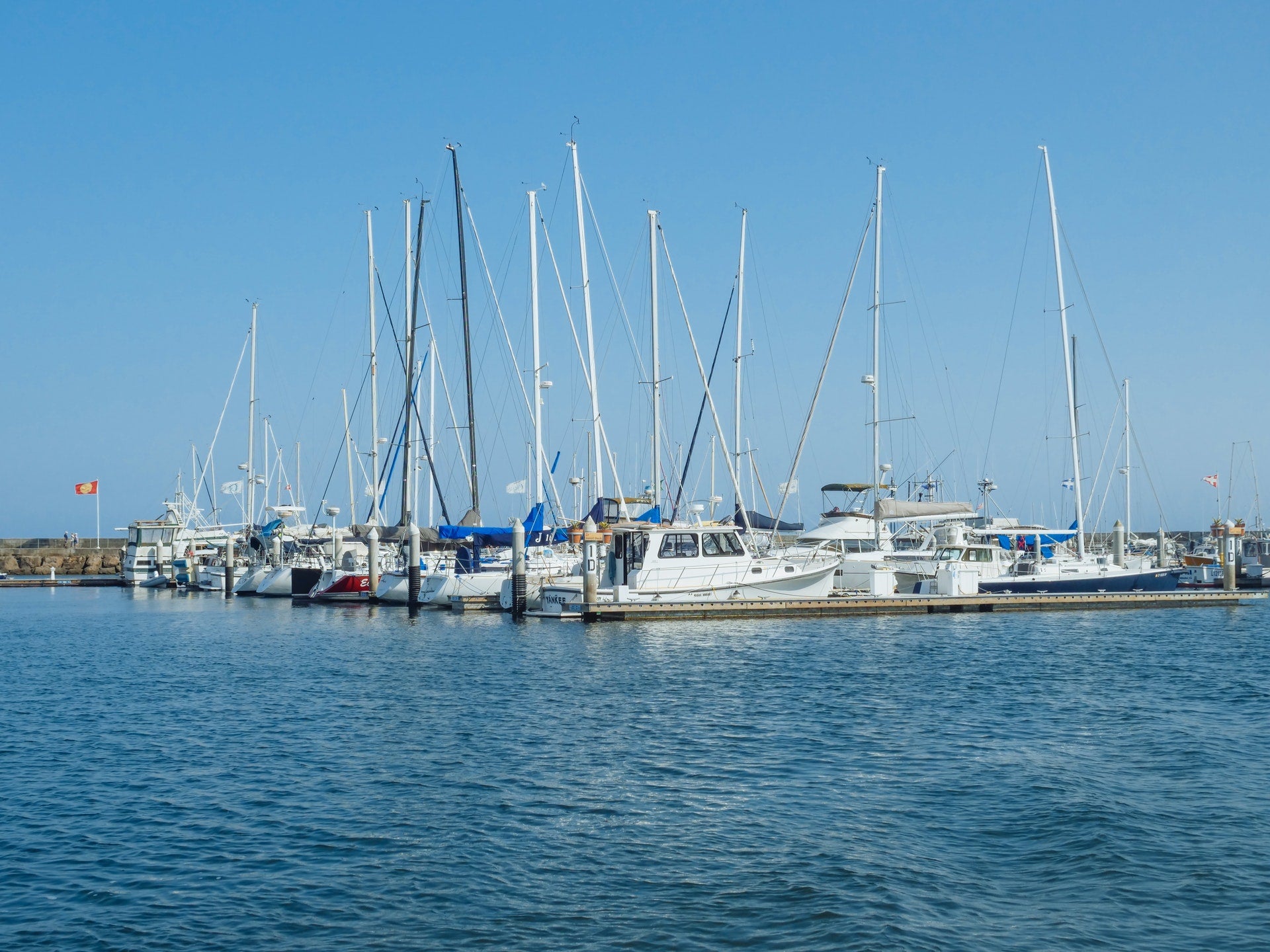Seeing the words fish fraud probably inspires some pretty comedic imagery in your mind, but believe it or not, it’s real.
Restaurants across the world will serve one type of fish and call it another. So, while it is not fish in pinstripe suites defrauding other fish, this poses serious problems in the fishing industry. It may seem completely innocent to advertise snappers and serve tilapia; only a quick buck made and no harm done to a customer that can’t taste the difference. However, fish fraud isn’t always that simple. Ever heard of a slimehead? Probably not, given the extremely unappetizing name. How about orange roughy? This species might have two common names, but are all part of the same overfished group. Orange roughy takes almost twenty years to reach reproductive maturity but is being bottom trawled (a destructive fishing practice that drags a net across the sea floor) at an alarming rate.
Still not ringing any bells? Try the Chilean sea bass. A.K.A the Patagonian toothfish (also not a very appetizing name).
In short, you should always take a moment to ask where your seafood is coming from. There are a multitude of helpful resources out there to help identify which countries use sustainable or non-destructive fishing practices. My personal favorite is the Monterey Bay Seafood Watch. All you have to do is type in the fish you plan on eating, and the Seafood Watch provides a list of countries that you should and should not eat fish from. It also provides a list of other known names, that way you can’t be duped by convoluted name changes.
Many people will also try to tell you that farm-raised fish are the best alternative to wild caught, but that’s not the case either. It’s all about the practice that is used- for both wild caught and farm raised. While farm raising may mean less boats out on the high seas, therefore reducing pressure, fish farms require large amounts of resources and space to be effective. A few countries in southeastern Asia currently struggle with the shrimp farming industry, which requires the destruction of mangroves (a crucial ecological habitat for coral reefs and coastal habitats) to build the pens. Additionally, guess where the fish food comes from? That’s right, fishmeal often comes from wild caught fishes and, depending on the species being raised, can have a ratio as high as 4:1 for feed to fish. Salmon, on the other hand, is considered the most efficiently famed fish; and still tastes good even if it is not wild caught.
Circling back to our tilapia and snapper example, this kind of fraud is a sneaky way to overcharge a customer, but also puts pressure on certain desirable species and can be used to fudge conservation statistics (the issues with fisheries data fraud could be its own post). It also makes some unsustainable fish farming habits more desirable.
Some people are skilled enough to taste the difference between different types of fish. So, to all my seasoned seafood eaters and lifelong fishermen, you have incredible skill that scientists need! (It’s true: real studies have tried using people that can taste the difference to gather data from restaurants)
Fish fraud comes in many forms, but this is no reason to go on a seafood strike. Be sure to use your resources, and your head, to make smart decisions on your next meal choice.




